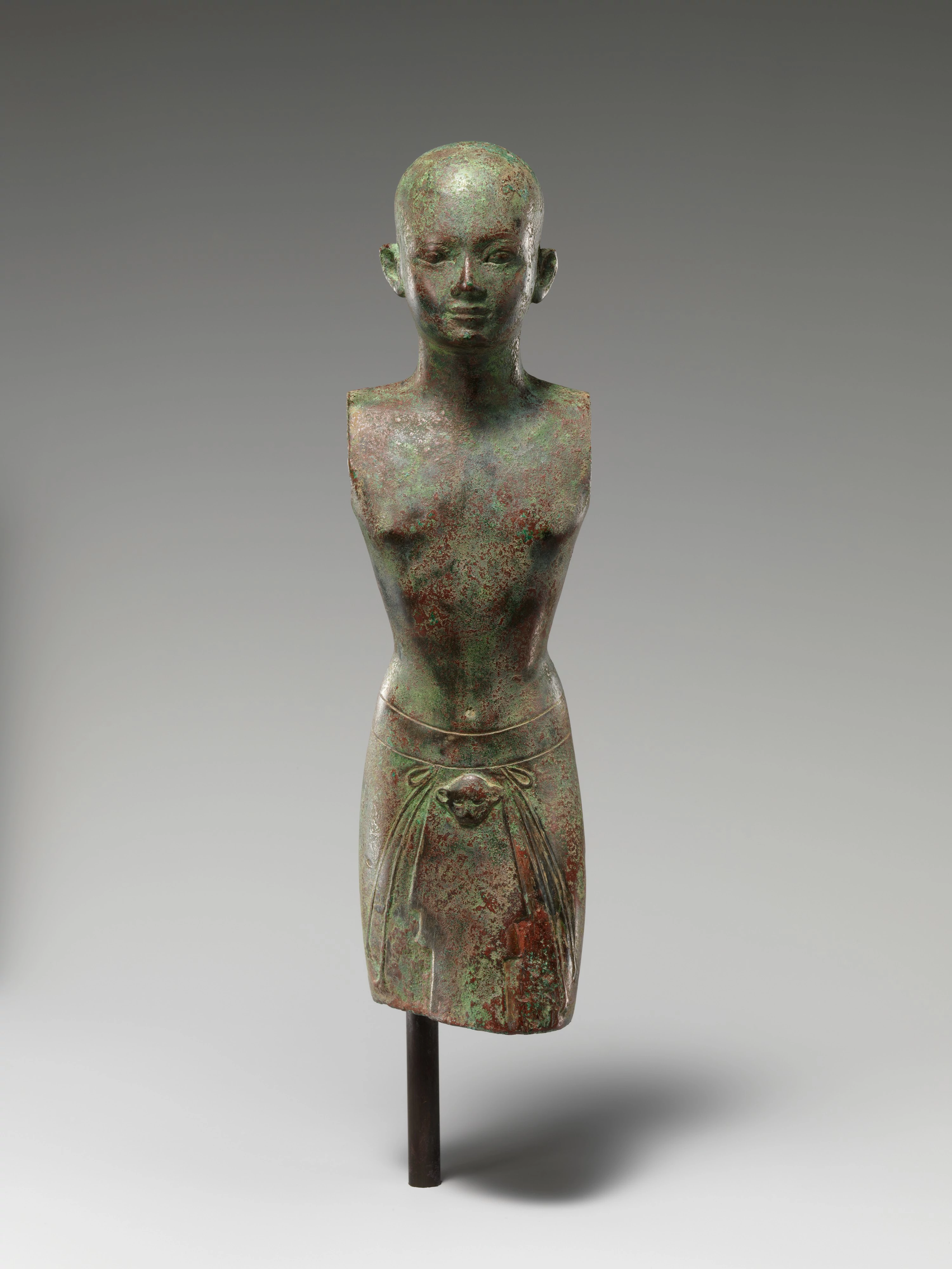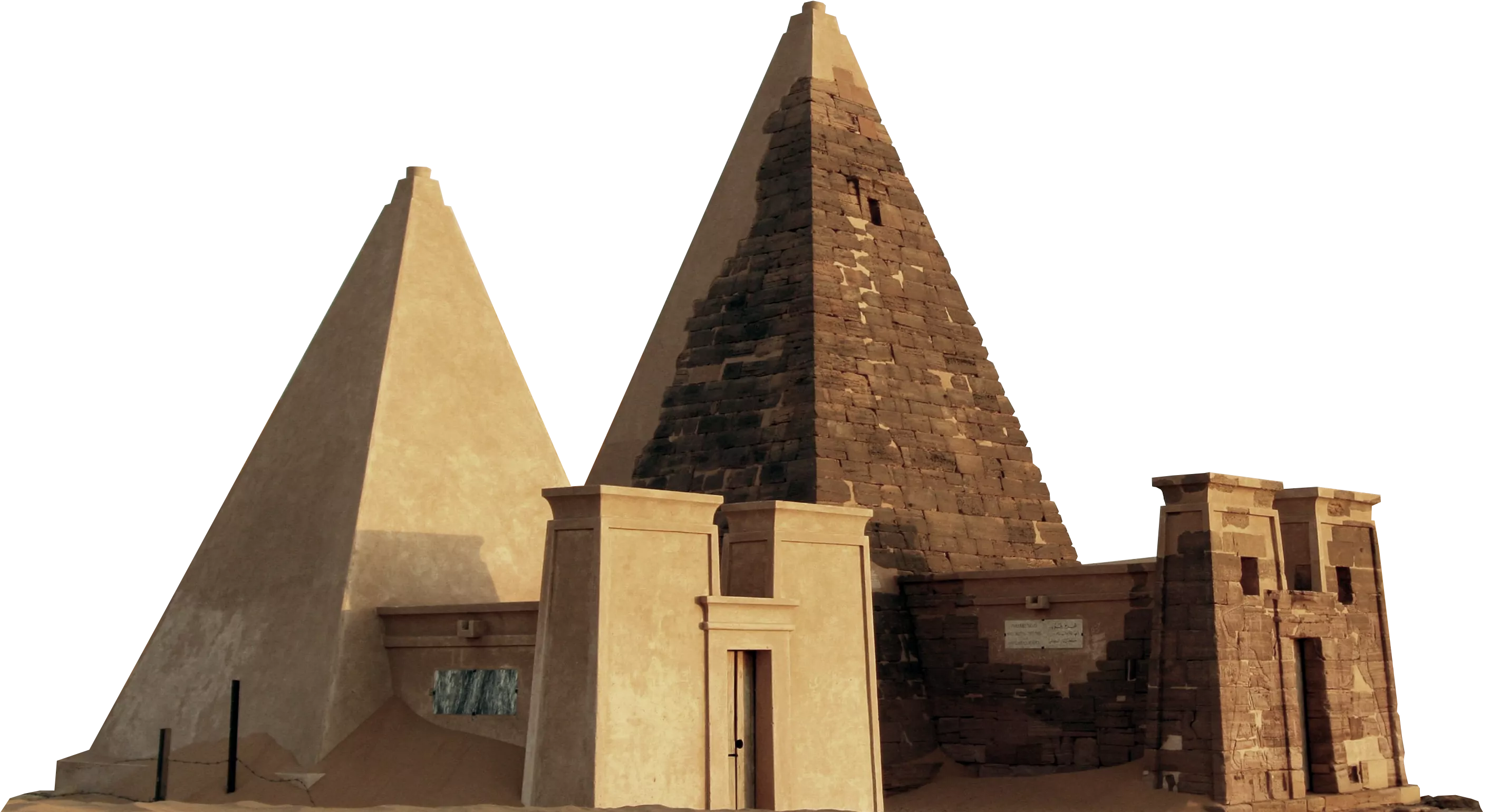Kingdom of Kush
A Nubian Empire rivals Egypt for 1000 years


When we think of pyramids, the grand silhouettes of the Giza Pyramids land our imagination directly in ancient Egypt. But more than 2000 km south, in what is now the center of Sudan, the royal necropolis of Meroë is home to more than 200 pyramids, more than all of Egypt’s pyramids together.
The civilization that erected these steep, slender pyramids is called the Kingdom of Kush. A thriving culture, the Kushite people were relatively isolated until the 8th century BCE, sometimes trading or warring with their distant Egyptian neighbors to the north.
We don't know when the true power of Kush emerged, but the Egyptian Pharaoh Mentuhotep II described a campaign against the Kingdom in 2100 BCE. And we do know that Kush’s capital city of Napata was flooded with wealth from the region’s numerous gold mines, leading to ongoing invasions by Egypt, ending in their annexing the nascent Nubian kingdom in 1504.
For more than 500 years, Kush was an Egyptian province, ruled by an Egyptian viceroy. Culturally, Kush was influenced by Egypt, and Egypt influenced by Kush. Then, in 1070 BCE, Egypt’s power broke with the disintegration of the New Kingdom, and Kush was cut loose.


